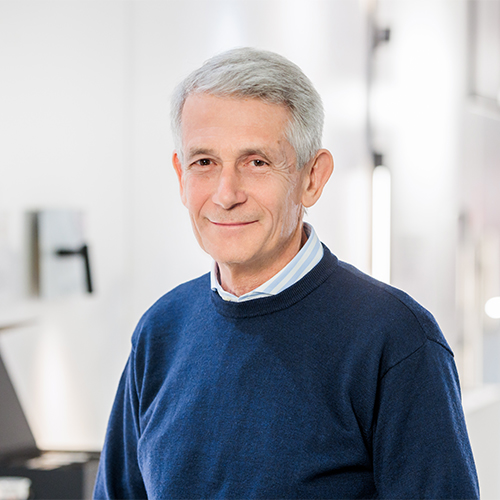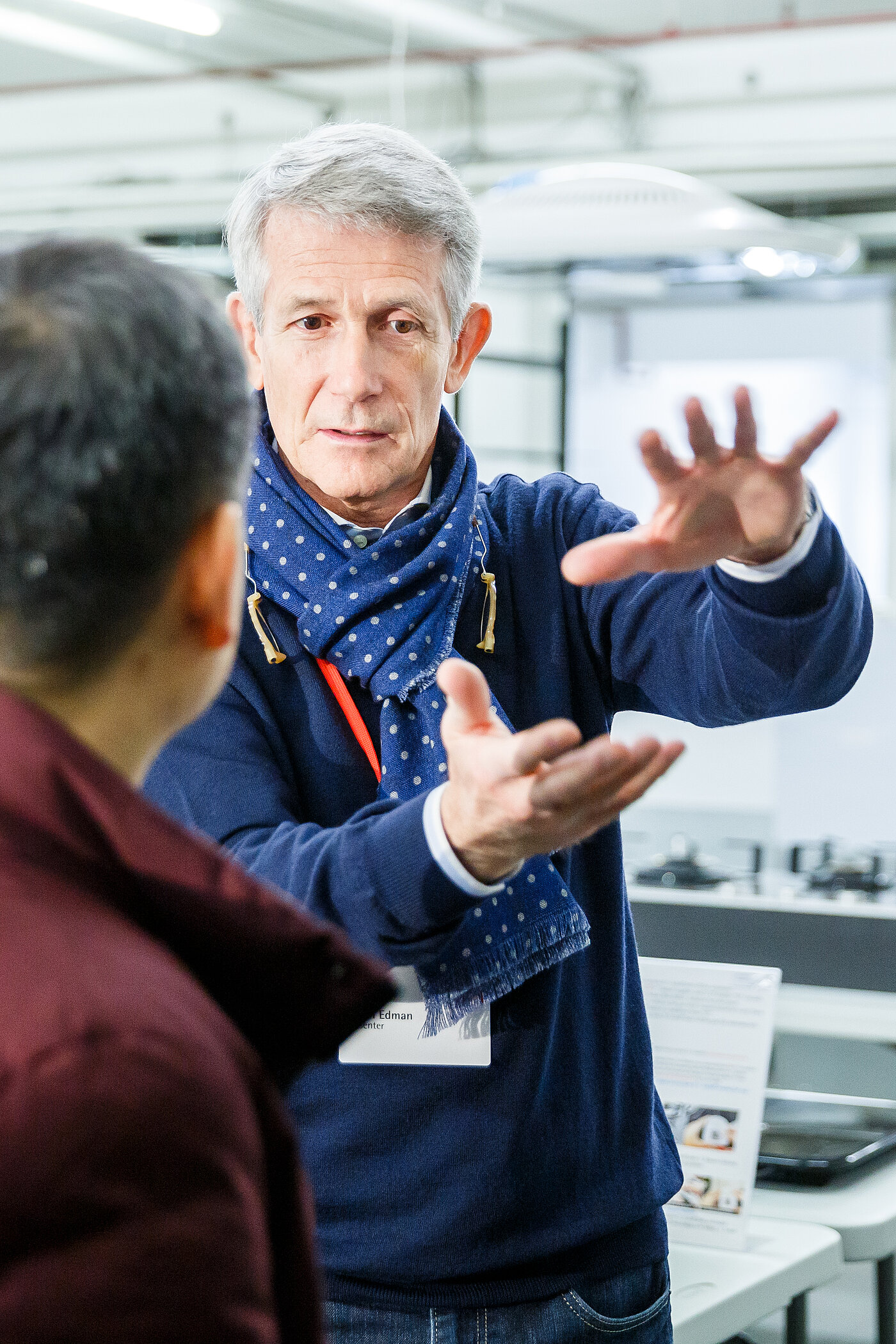Robin Edman
In 2017, Robin Edman founded the Robin Edman Innovation company and has since been working as an independent design consultant. He was previously, from 2001 onwards chief executive of SVID, the Swedish Industrial Design Foundation. After studying industrial design at Rhode Island School of Design, he joined AB Electrolux Global Design in 1981 and parallel to this started his own design consultancy. In 1989, Robin Edman joined Electrolux North America as vice president of Industrial Design for Frigidaire and in 1997, moved back to Stockholm as vice president of Electrolux Global Design.
Throughout his entire career he has worked towards promoting a better understanding of users, their needs and the importance of design in society at large. His engagement in design related activities is reflected in the numerous international jury appointments, speaking engagements, advisory council and board positions he has held. Robin Edman served on the board of the World Design Organization (formerly Icsid) from 2003 to 2007, the last term as treasurer. From 2015 to 2017, he has been the president of BEDA (Bureau of European Design Associations).

Red Dot in an interview with Robin Edman
Red Dot: Why did you decide to set up Robin Edman Innovation?
Robin Edman: Having worked with design in leading positions at Electrolux for 21 years and after heading up the Swedish Industrial Design Foundation for more than 16 years, I felt that the time was right to explore new and exciting opportunities. To be able to support, engage with and give back some of the knowledge gained over time to new or existing organisations is truly a privilege and most satisfying.
What are the characteristics of Scandinavian design?
As we are approaching a truly global design scene where designers, manufacturers and users are spread across the globe, it is hard to pinpoint specific characteristics. Still valid and following a long tradition are the high content of functionality and the clean and relatively strict form languages used in Scandinavian design. A sustainable manufacturing process and product life cycle are now a given to be able to both penetrate and survive on the market. The subdued visual use of technology has also become a key feature as users increasingly demand a higher level of usability.

